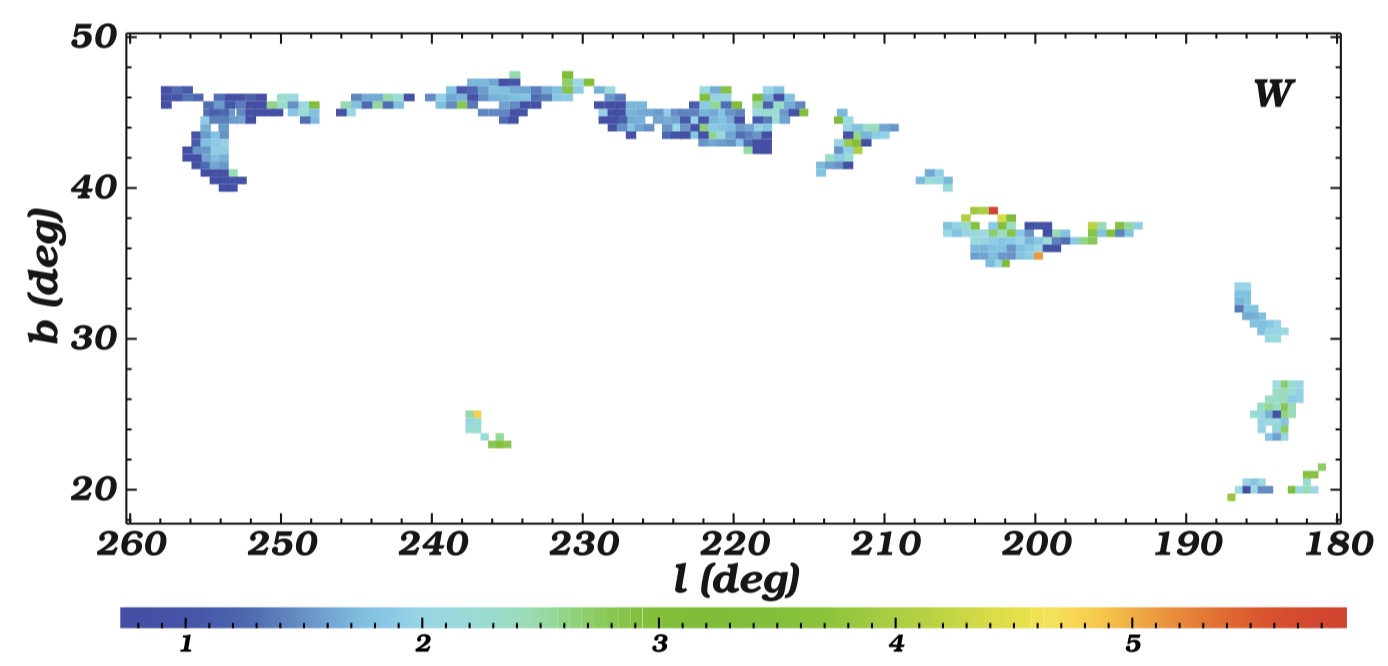Context. In the previous papers of this series, we decomposed all the H I 21-cm line profiles of the Leiden-Argentina-Bonn (LAB) database into Gaussian components (GCs), and studied the statistical distributions of the obtained GCs. Aims: Now we are interested in separating the “clouds” of similar closely spaced GCs from the general database of the components. In this paper we examine the most complicated case for our new cloud-finding algorithm – the clouds of very narrow GCs. Methods: To separate the clouds of similar GCs, we started with the single-link hierarchical clustering procedure in five-dimensional (longitude, latitude, velocity, GC width, and height) space, but made some modifications to accommodate it to the large number of components. We also used the requirement that each cloud may be represented at any observed sky position by only one GC and take the similarity of global properties of the merging clouds into account. We demonstrate that the proposed algorithm enables us to find the features in gas distribution, which are described by similar GCs. As a test, we applied the algorithm for finding the clouds of the narrowest H I 21-cm line components. Results: Using the full sky search for cold clouds, we easily detected the coldest known H I clouds and demonstrate that actually they are a part of a long narrow ribbon of cold clouds. We modeled these clouds as a part of a planar gas ring, then deduce their spatial placement and discuss their relation to supernova shells in the solar neighborhood. Many other narrow-lined H I structures are also found. We conclude that the proposed algorithm satisfactorily solves the posed task. In testing the algorithm, we found a long ribbon of very cold H I clouds and demonstrated that all the observed properties of this band of clouds are described very well by the planar ring model. Conclusions: We also guess that the study of the narrowest H I 21-cm line components may be a useful tool for finding the structure of neutral gas in solar neighborhood.
Haud, U.
2010, Astronomy and Astrophysics, 514, A27
http://adsabs.harvard.edu/abs/2010A%26A…514A..27H
